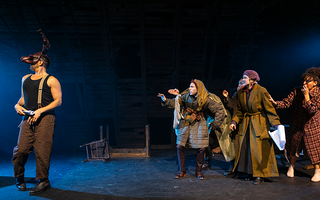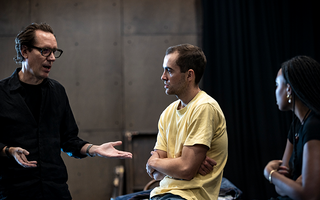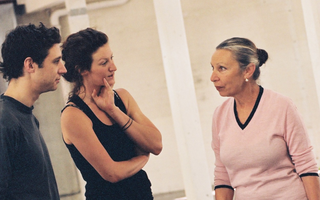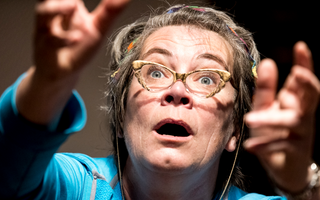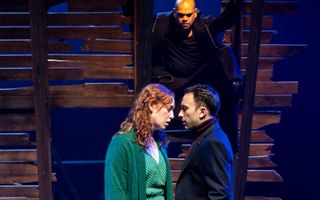 On Stage
On Stage
- The word 'eye’ appears more than 60 times in the play, and the word 'moon’ appears more than 50 times. Yet the word 'love’ is a clear winner appearing over 150 times.
- A Midsummer Night's Dream is unusual in relation to Shakespeare's collected works in that it doesn't have one clear main source from which Shakespeare drew. He appears to have taken elements of stories and characters from a large number of sources to create one new narrative, from Ovid to Chaucer.
- The play-within-a-play of Pyramus and Thisbe with its dramatic doomed love story and tragic end, is believed to be Shakespeare parodying his own Romeo and Juliet. The two plays were written very closely in time.
- The word 'eye’ appears more than 60 times in the play, and the word 'moon’ appears more than 50 times. Yet the word 'love’ is a clear winner appearing over 150 times.
- The 'Wedding March’ that is commonly played as a wedding recessional was written by Felix Mendelssohn as part of his suite of incidental music for A Midsummer Night's Dream.
- The play has inspired a number of other music pieces including two operas: The Fairy Queen (Henry Purcell, 1692) and A Midsummer Night's Dream (Benjamin Britten, 1960)
- Three of Uranus’ moons are named after characters from the play: Oberon, Titania and Puck.
- In 1662 Samuel Pepys, a keen diarist, called A Midsummer Night's Dream: “the most insipid, ridiculous play that I ever saw in my life.” This echoes Hippolyta's thoughts about the Mechanicals’ play very closely when she says: "this is the silliest stuff that ever I heard “(Act 5, Scene 1).
- Die Hard director John McTiernan changed the storyline of his film from taking place over three days to taking place over one night, after he was inspired by A Midsummer Night's Dream's one-night plot line. This made the film adhere to Aristotle's Unity of Time principle, where the action of a story takes place entirely within a 24-hour time period.
